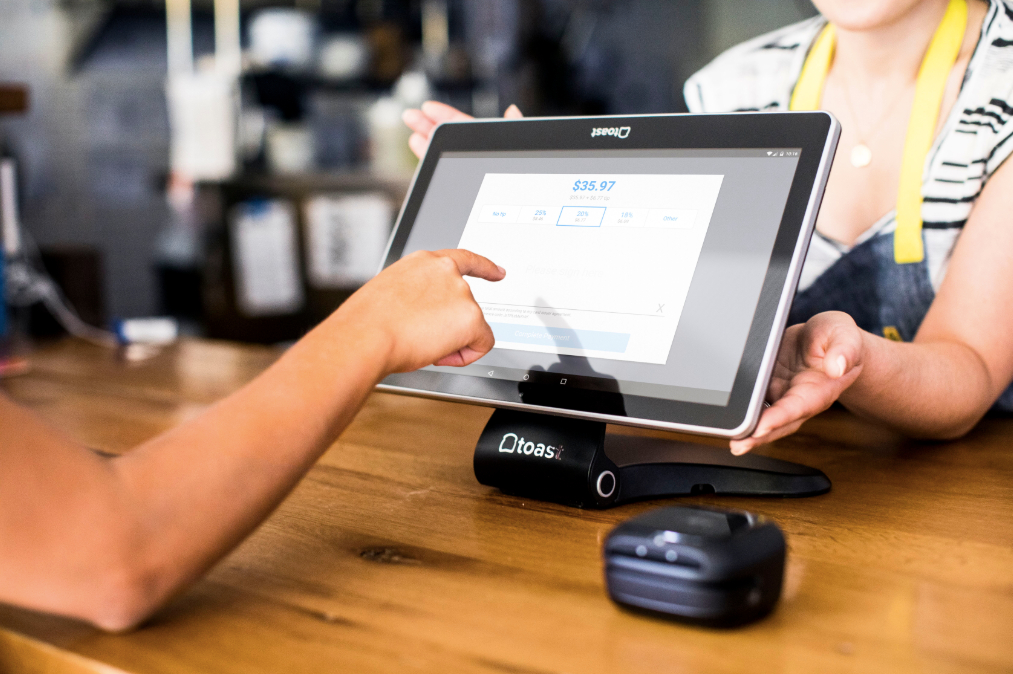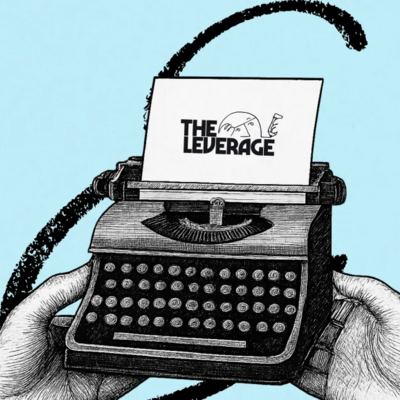
TL;DR
- Toast deliberately chooses customers who are more expensive to acquire, churn more frequently, and will pay the absolute minimum for their service
- Despite this (or as I’ll argue later, because of it) Toast has succeeded in building a business that boasts a 110% Net Revenue Retention, 118% Annualized Recurring Run Rate year over year growth, and is serving ~48k customer locations.
- This piece was informed by conversations with over a dozen restaurant operators, top-quartile software investors, and vertical software operators.
Before we start, a quick follow-up: About a month ago, I publicly put out a hypothesis that I called “Double Bind Theory.” My theory stated that companies would allow their most powerful creators to violate content rules out of fear of missed revenue. I was proven right in a spectacular way with the leak that Facebook had a program that allowed millions of its most popular creators to post things like revenge porn and racist/violent rhetoric. Sucks to be right here, but I called it.
When analyzing a company, it is hard to not be sucked in by well-crafted marketing fluff or the chest-thumping confidence of executives. To fight against this emotional pull, equities analysts at hedge funds are trained to ignore how they feel and to instead examine a company’s financial statements with cold, ruthless, American-Psycho-esque rigor. Only once they know the numbers will they deign to examine how the business feels.
If you were to deploy this method of purely quantitative analysis on Toast, your most likely response would be, “What the hell kind of business is this?”
If you just look at the numbers, their revenue streams appear to be a Frankenstonian amalgamation of disparate parts. At their end of year in 2020, there was a line of professional services revenue ($7.7M), subscription services aka software ($68M), Financial Technology solutions aka payments processing ($579M), and hardware ($49M).
Further investigation of their S1 reveals more oddities. Toast deliberately chooses customers who are more expensive to acquire, churn more frequently, and will pay the absolute minimum for their services. The document is filled with pictures of adorable zen-looking customers who are so apparently smitten with their service that they would sell their firstborn versus giving up their beloved Toast products. In contrast, Toast fired its biggest and most important customer last year. They have chosen the opposite of a good software go-to-market strategy by focusing on small and medium businesses.
Despite this (or as I’ll argue later, because of it) Toast has succeeded in building a business that boasts a 110% Net Revenue Retention, 118% Annualized Recurring Run Rate year over year growth rate, and is serving ~48k customer locations.
Discussing how it was able to do this despite choosing the hardest road is useful for two reasons. First, the company just went public (with its shares shooting up 60%) and is something you could add to your portfolio. Two, it is indicative of a larger change in software business models that isn’t quite understood yet. Today, I’ll be publishing (for free!) my analysis of Toast as a standalone company. Later this week, I’ll be sending out a paid article about the future of software monetization. I think we are sitting on the cusp of the biggest change in software businesses not seen since the popularization of SaaS/The Cloud.
But, to lay the groundwork, let’s talk Toast.
What is Toast?
You can blame Toast for making every fast casual restaurant checkout uncomfortable. You know the experience: you order the delicacy of your choice, the cashier rings you up, and then on some sort of tablet, a “would you like to tip” message pops onto the screen. You stare at it. The cashier stares at you staring at it. You try to pretend that you don’t feel their eyes gazing at you. You sweat, they scorn. The whole process sucks and annoys me every time.
That annoyance is Toast.
But Toast isn’t just about tipping. When you placed your order, their software was the database your order was entered into. Their software then sent the request back to the kitchen onto an order screen, noted the ingredients used in your dish and filed it into a report so they know to order more for next week, then handled the payments when you swiped your card checking out. Oh! And they also may have done the financing for the restaurant you were at, administered the payroll for the workers, etc. There’s more! Email marketing tools! Loyalty programs!
In short, they do basically every part of a restaurant besides cooking the food.
Toast is a technology company focused exclusively on restaurants in the United States. Their target market is SMBs (small and medium-sized businesses) that may have a few locations but aren’t giant chains like McDonald’s or Chili’s.
The Only Subscription
You Need to
Stay at the
Edge of AI
The essential toolkit for those shaping the future
"This might be the best value you
can get from an AI subscription."
- Jay S.
Join 100,000+ leaders, builders, and innovators

Email address
Already have an account? Sign in
What is included in a subscription?
Daily insights from AI pioneers + early access to powerful AI tools











Comments
Don't have an account? Sign up!